Shooting on KODAK 35mm, DP Jamie Ramsay SASC paints an achingly beautiful portrait about the enduring power of love for Andrew Haigh's award-winning 'All of Us Strangers'
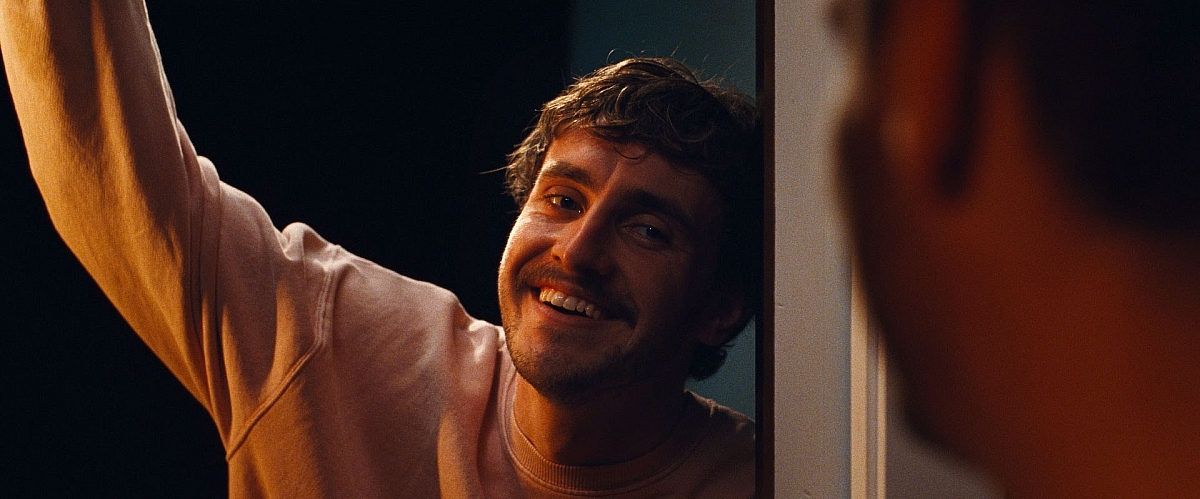
Paul Mescal and Andrew Scott in ALL OF US STRANGERS. Photo Courtesy of Searchlight Pictures. © 2024 20th Century Studios. All Rights Reserved.
Shooting on Kodak 35mm filmstocks, DP Jamie Ramsay SASC created a supernatural atmosphere, and sense of organic nostalgia, for All of Us Strangers – director Andrew Haigh's moving and much-acclaimed film, which explores loneliness and human connection.
One night in the largely unoccupied, high-rise London tower block where he lives, Adam (Andrew Scott), a screenwriter, has a chance encounter with a mysterious neighbor Harry (Paul Mescal), which unsettles the rhythm of his existence.
As a relationship blossoms between the two, Adam also becomes preoccupied with memories of the past. He finds himself drawn to the suburban town where he grew up, and his childhood home, where his deceased parents (Claire Foy and Jamie Bell) somehow appear to be preserved and living, just like they were on the day they died 30 years before. While his romance with Harry and reunion with his parents develop, Adam opens up and begins to express feelings he has repressed for decades.
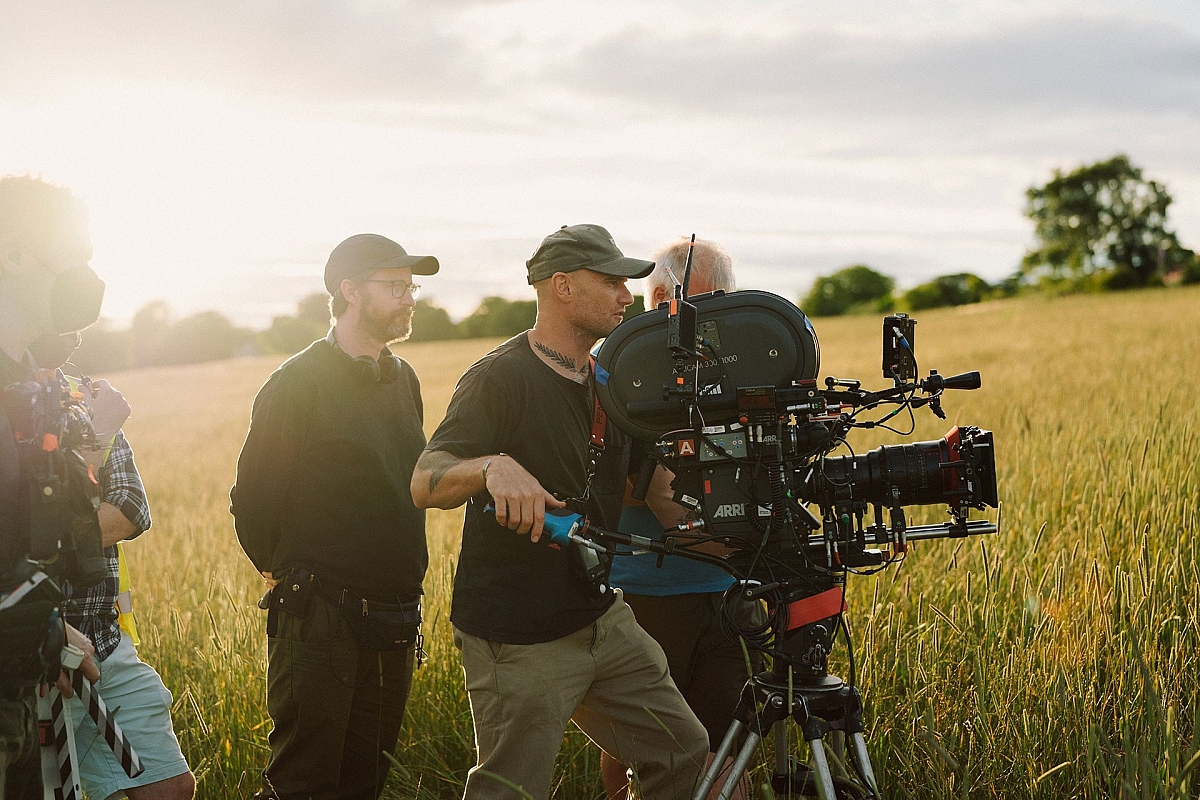
DP Jamie Ramsay shooting ALL OF US STRANGERS. Photo by Chris Harris. Courtesy of Searchlight Pictures. © 2024 20th Century Studios. All Rights Reserved.
The Searchlight Pictures' film was written and directed by Haigh, based on Taichi Yamada's 1987 novel Strangers. It played to rave reviews for its ethereal quality and profound, emotional undercurrents and picked up multiple awards on the global festival circuit. Ramsay earned the Best Cinematography prize at the 2023 BIFA Awards, where the film triumphed with seven accolades, including Best Screenplay, Direction and British Independent Film. The film also garnered six BAFTA nominations, including Outstanding British Film and Best Director.
Gravitating towards rich character narratives, mostly in the drama genre, Ramsay's visual style is known for rich color palettes and sensitive camerawork. Ramsay, a South African who studied filmmaking at AFDA in Johannesburg, is recognized for his work on the breakthrough film Moffie (2019, dir. Oliver Hermanus), for which he was nominated for a best cinematography BIFA Award, the period drama Mothering Sunday (2021, dir. Eva Hudson), and the Oscar-nominated Living (2022, dir. Oliver Hermanus), a production that earned him a Bronze Frog at the 2022 Camerimage Film Festival.
"When I first read Andrew's script for All of Us Strangers, it was one of those moments when you just can't put it down. Your curiosity grows and the story hooks you," Ramsay recalls. "It brought up emotions in me, things from my past, that I thought were long buried but are probably universal for everyone. I felt it was an important film and that it could be really special.
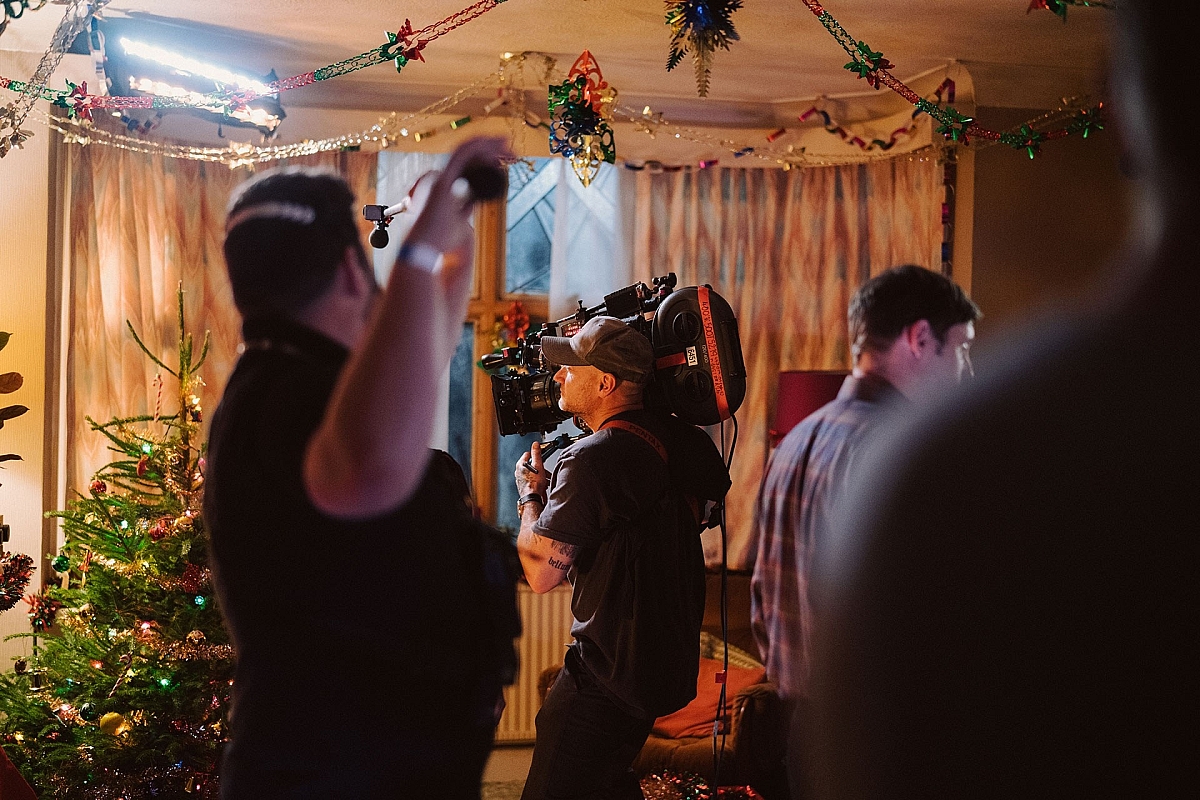
DP Jamie Ramsay shooting ALL OF US STRANGERS. Photo by Chris Harris. Courtesy of Searchlight Pictures. © 2024 20th Century Studios. All Rights Reserved.
"During my first discussions with Andrew about the production, we didn't speak about how we wanted the film to look. Rather we spoke about how we want it to feel. It became very apparent that we shared common ground about the visual fabric of the movie, and how important it was for the camerawork and the cinematography to be intimate and personal.
"Also, the touch had to be really soft with regards to the treatment of the two worlds that Adam inhabits – a delicate balance between Adam being grounded in a dreamlike contemporary world, with a level of organic nostalgia but never overtly sentimental for the scenes when he travels back in time and is reunited with his parents."
Ramsay relates that he and Haigh shared many mood-evoking references – photographs and paintings – that were very much along the same lines regarding the emotional resonance of the storytelling in being honest, organic and true to the story beats.
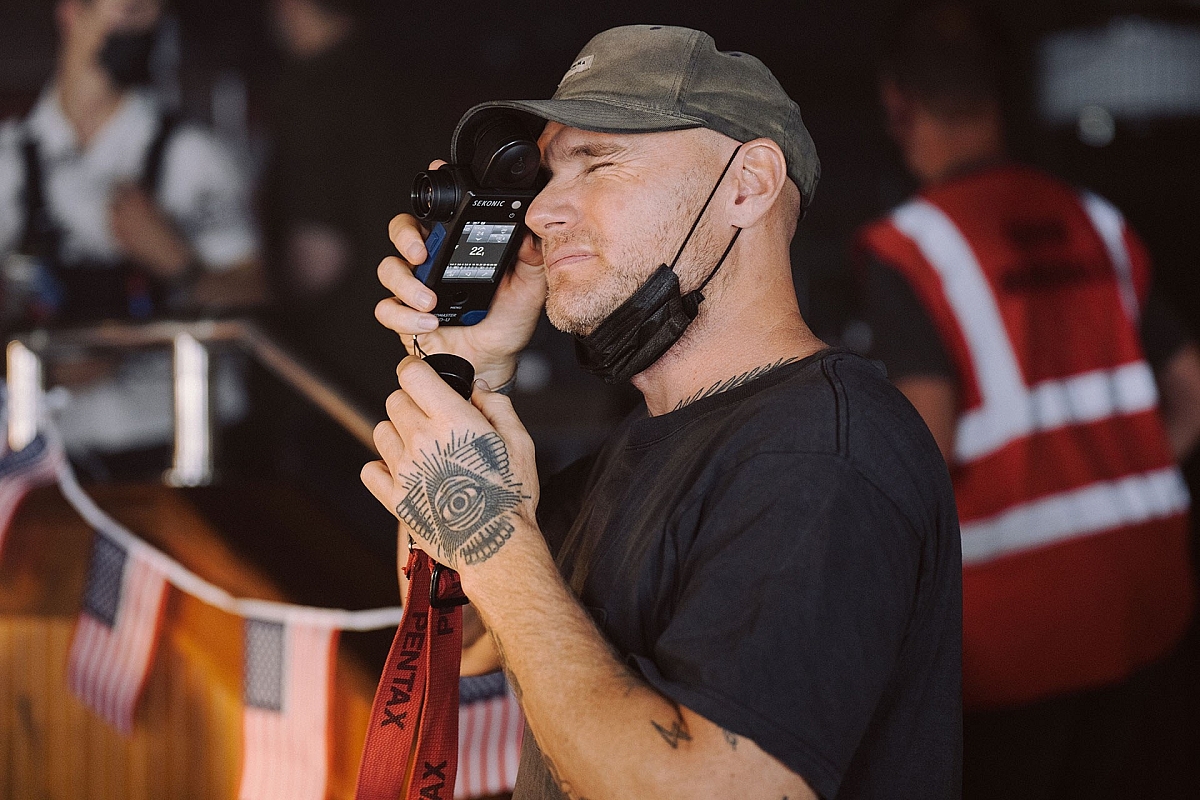
DP Jamie Ramsay shooting ALL OF US STRANGERS. Photo by Chris Harris. Courtesy of Searchlight Pictures. © 2024 20th Century Studios. All Rights Reserved.
"We also took inspiration from two films from two very different genres," Ramsay adds. "Andrew introduced Cries and Whispers (1972, dir. Ingmar Bergman, DP Sven Nykvist) into the thinking, where the camera has a transcendent presence of its own and explores as if it were going inside a memory. I brought Spirited Away (2001, dir. Hayao Miyazaki) to the table. It's a beautiful animé film that has a childlike ethereal presence that we tend to lose sight of as adults."
Filming on All of Us Strangers took place over the course of seven shooting weeks. The first two weeks were spent on-location in Croydon, Surrey, in Haigh's very own childhood home, which served as the location for the house in which Adam discovers his parents.
The production then moved to a studio in Wembley, North London, for the remaining five weeks, where the interior of Adam's high-rise apartment, with its large windows, were filmed against an LED wall of cityscape views depicting different times of day/night and weather conditions. Exterior shots of Adam's apartment block were captured in Stratford, East London, with the cityscape vista plates for the LED wall being captured digitally from the same building. The movie's nightclub scenes were filmed at the Royal Vauxhall Tavern, the oldest surviving LGBTQ+ cabaret venue in South London.
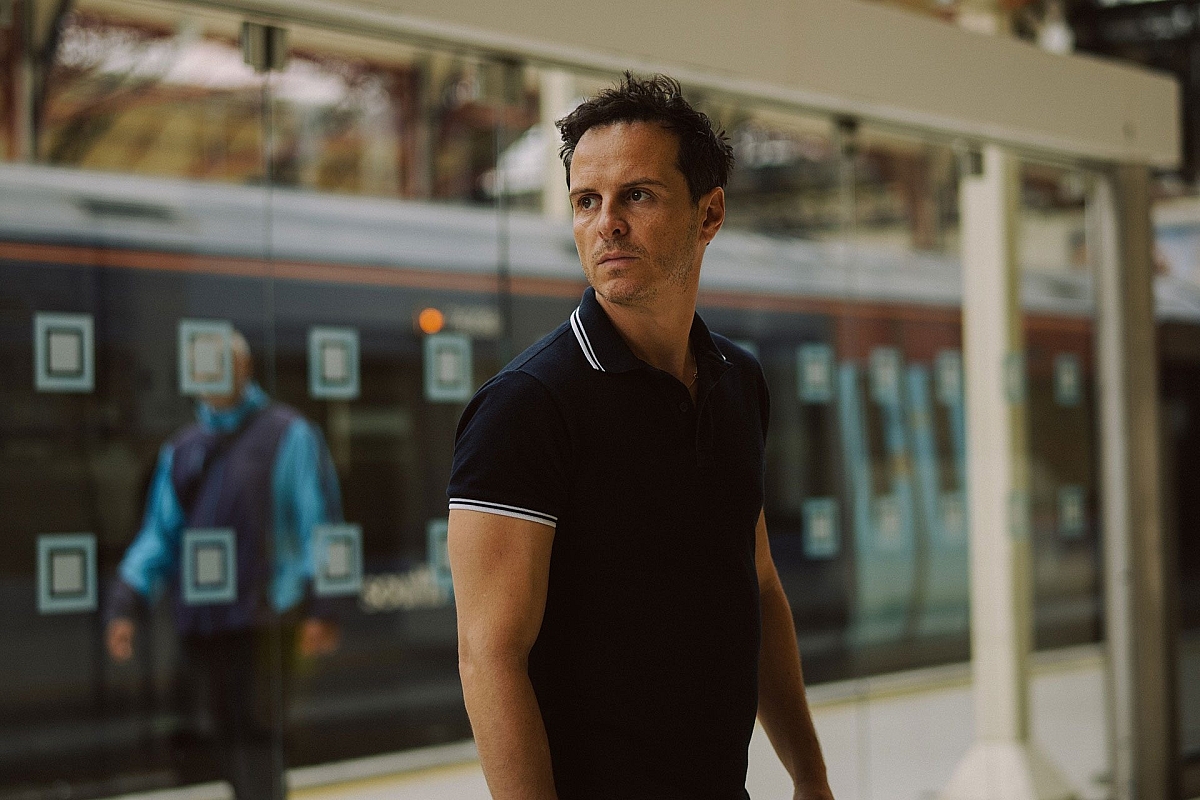
Scott in ALL OF US STRANGERS. Photo by Chris Harris. Courtesy of Searchlight Pictures. © 2024 20th Century Studios. All Rights Reserved.
Ramsay shot All of Us Strangers using ARRICAM ST and LT 35mm film cameras, with Master Prime lenses and Angénieux zooms, all supplied by ARRI Rental in London.
"I knew we would be filming at different locations, in environments with unpredictable lighting, like the nightclub, as well as shooting a variety of day/night, dawn/dusk, sunlit/rainy apartment scenes against the LED wall," Ramsay explains. "So, I went with the Master Primes as I know them really well – how they expose and flare in different situations. They provided a solid anchor point and make a great combination with film.
"To represent Adam's subjective, personal journey, the growing relationship between him and Harry, and the family dynamic with his parents, I closed in on eyelines via the proximity of the camera to the characters using tighter lenses, and gradually brought them closer together using longer lenses. As Adam opens up emotionally, the language of the camera movement changed too from being either still or linear, to being more reactive and flowing."
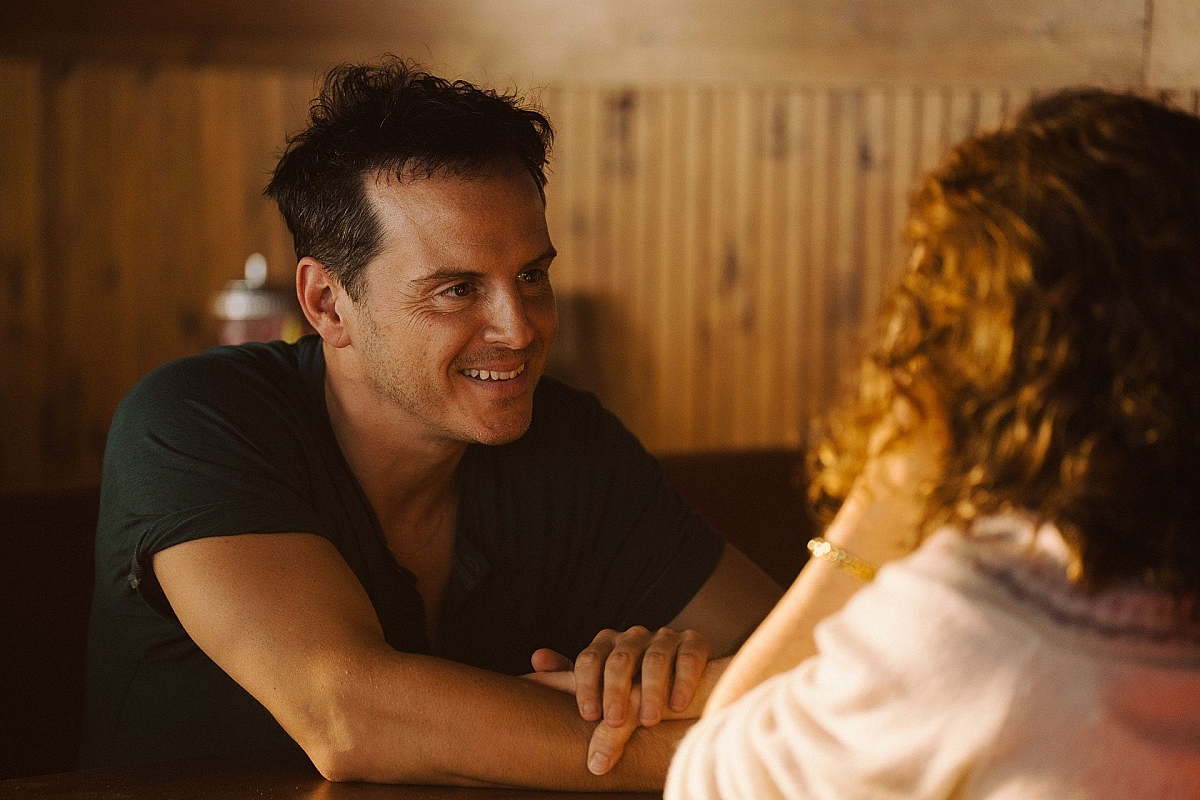
Scott in ALL OF US STRANGERS. Photo by Chris Harris. Courtesy of Searchlight Pictures. © 2024 20th Century Studios. All Rights Reserved.
Ramsay shot All of Us Strangers on a trio of Kodak 35mm filmstocks: KODAK VISION3 5219 500T; KODAK VISION3 5207 250D; and KODAK VISION3 5203 50D. Film processing and 4K scans were done at Cinelab, UK, with the final color grade performed by Joseph Bicknell at Company3 in New York.
Reflecting on filming All of Us Strangers on film, Ramsay says, "It was a big win for Andrew to convince the producers to shoot on 35mm, and I knew I had been given a gift. The organic texture of film, in combination with costumes and props, was a great way to evoke the supernatural and to deal visually with ideas about memory and nostalgia.
"I shot lots of celluloid as a student at film school and professionally on commercials, music videos and shorts, but this was my first full-length feature on film. So I had to reacquaint myself with the process of filming on film to a certain extent – like having to wait overnight to see the results. However, the payoff came with watching the dailies for the first time, absorbing the wonderful color and inherent feeling of the images. Any anxieties I had were worth it because film just felt so beautiful and looked so right for this project."
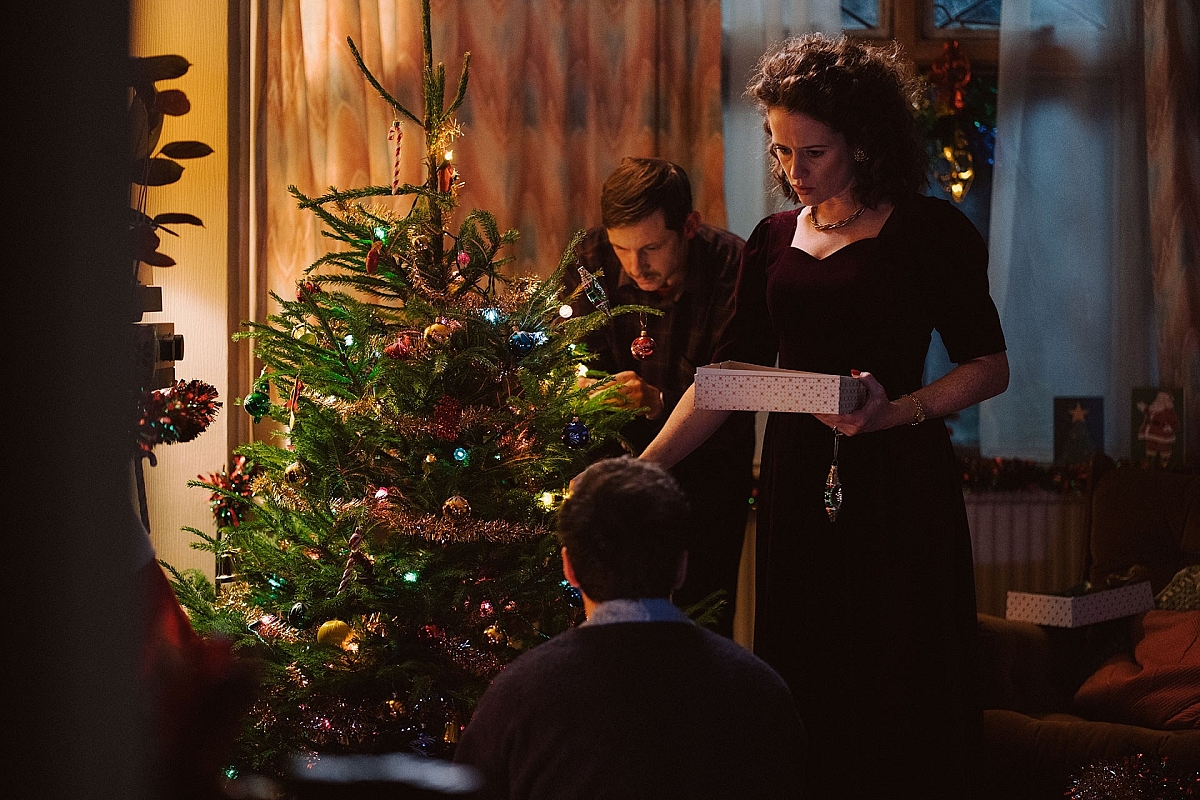
Jamie Bell and Claire Foy in ALL OF US STRANGERS. Photo by Chris Harris. Courtesy of Searchlight Pictures. © 2024 20th Century Studios. All Rights Reserved.
Ramsay says his choice of filmstocks was very much based around simplifying the process by attributing filmstocks to the lighting environment and time-of-day.
"All of the night interior/exterior scenes were on the 500T," he says. "Any interiors/exteriors that were set around dusk or dawn were filmed on the 250D, and all of the exterior day scenes were captured on to 50D. I kept it all very standard. All of the stocks were exposed normally, and I didn't do any push or pull processing at the lab."
All of Us Strangers is one of the first-known film-originated productions to have used a live LED wall as a background. This saw an array of displays, measuring 50 ft tall by 120 ft wide, softly-curving around the set-build of Adam's apartment, some 15 ft beyond the windows, with a bevy of modern LED lighting fixtures rigged above and around the set to create the appropriate lighting mood.
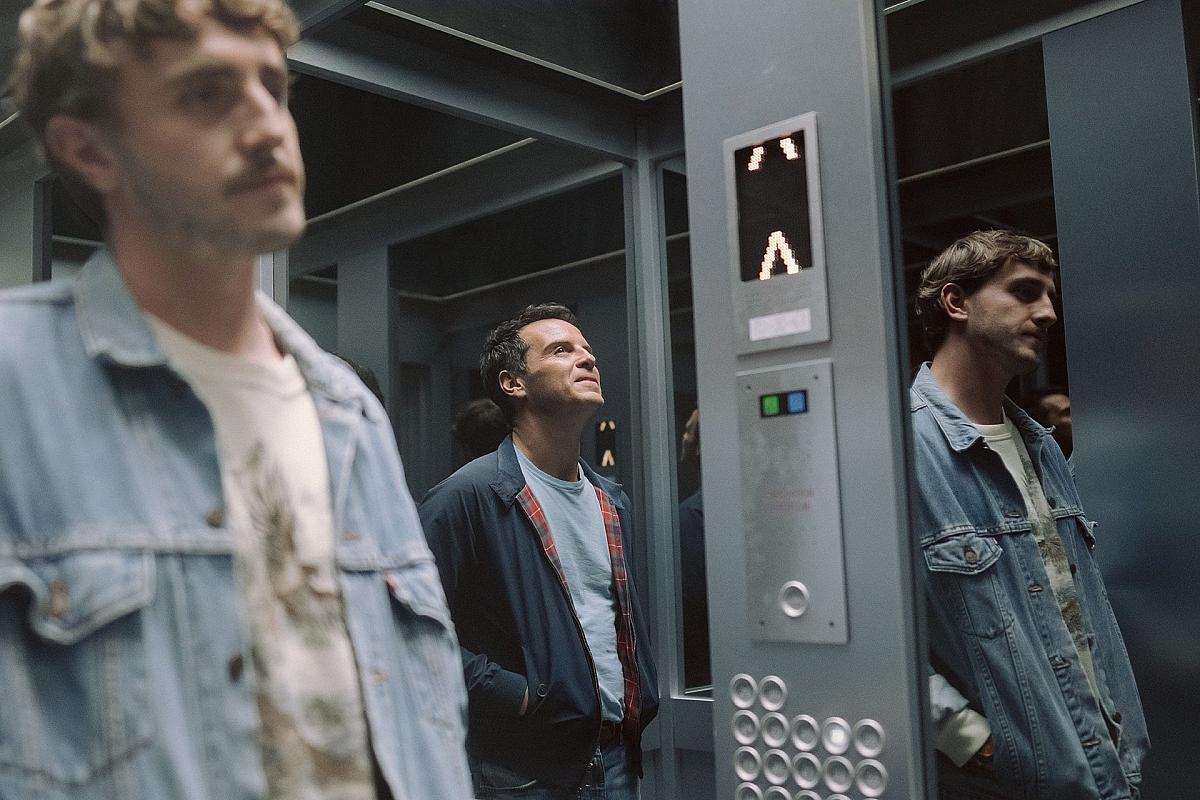
Paul Mescal and Andrew Scott in ALL OF US STRANGERS. Photo by Chris Harris. Courtesy of Searchlight Pictures. © 2024 20th Century Studios. All Rights Reserved.
To obtain the relevant backgrounds for the LED wall, Ramsay spent 48 hours shooting 8K digital plates from the apartment block in Stratford. "We put the high-resolution cameras in an apartment and were blessed by unpredictable conditions that saw a lot of different weather systems coming through at different times of the day.
"Although we tested painted backdrops and rear projection, neither of those worked convincingly for different creative and practical reasons. I think film really lends itself to shooting with LED walls. There's a harmonious relationship in the way that analog technology softens the harshness of digital through the organic texture of the grain and tonal roll-off of color and contrast."
Ramsay's approach to depicting the delicate distinction between the worlds that Adam inhabits, was supported by a sensitive approach to the lighting, overseen by gaffer Warren Ewen.
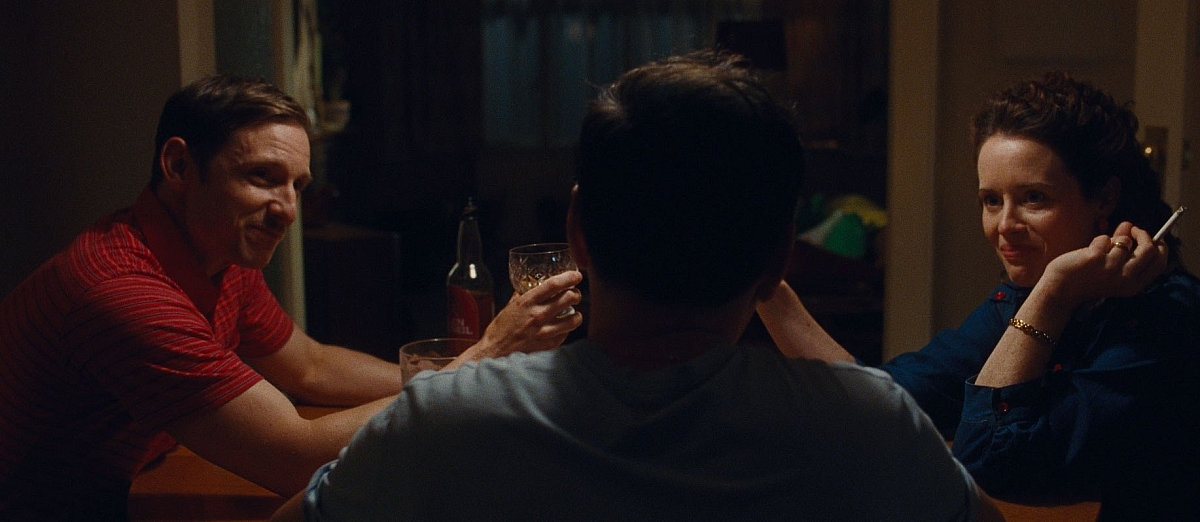
Jamie Bell and Claire Foy in ALL OF US STRANGERS. Photo Courtesy of Searchlight Pictures. © 2024 20th Century Studios. All Rights Reserved.
"During prep, I presented a number of lighting options to Andrew, that we refined over the course of several weeks," says the DP. "What was important for him was that Adam's apartment was a representation of his current, lonely existence. And Andrew responded to that having a slightly colder ambiance. So my lighting fixtures were mainly LED fixtures, plus some fluorescents and neons. As we were filming against the LED wall, the analog-meets-digital experience gave it specific look that Andrew really liked.
"For the scenes when Adam visits his parents, I wanted to represent those with traditional analog lighting. I used old Tungsten lamps and incandescent practicals to wrap the characters in an ethereal quality of light that really imbued the images with a distinct feeling of memory and nostalgia.
"To evoke the feeling that his parents were ghosts of the past, I also encouraged strong, white backlighting through the windows, and that otherworldly glow helped to signify how they are passing through and on the verge of leaving Adam.
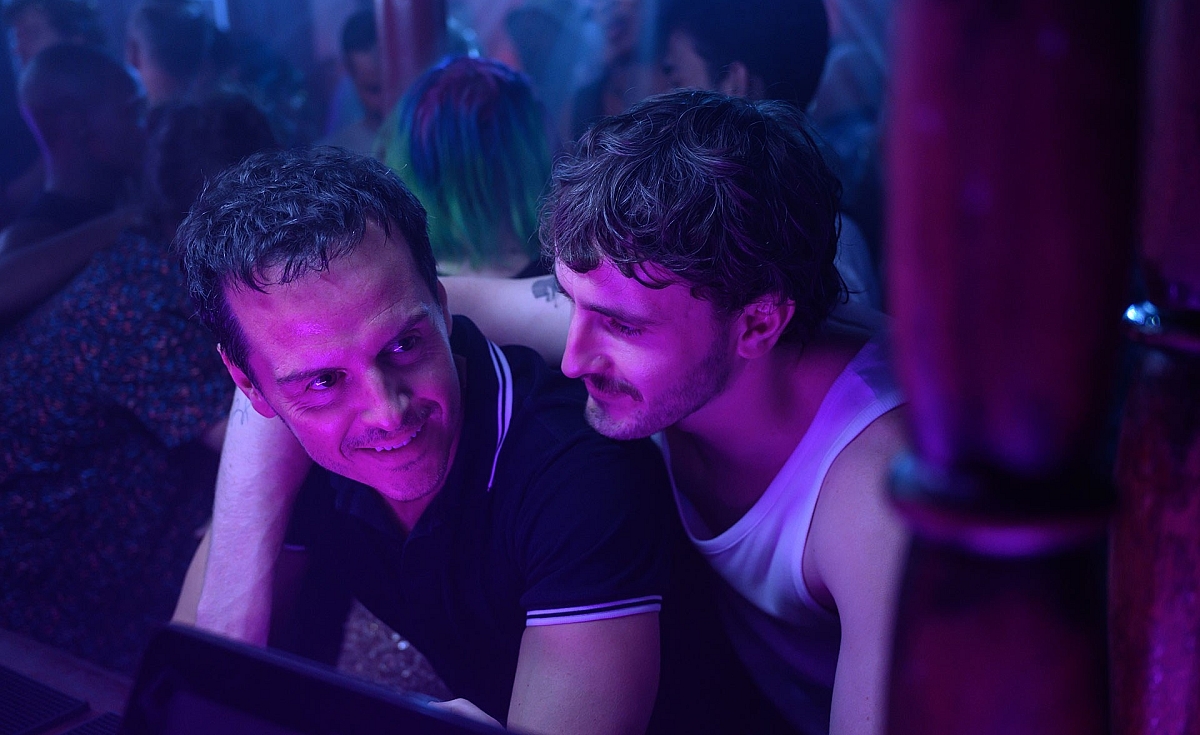
Paul Mescal and Andrew Scott in ALL OF US STRANGERS. Photo Courtesy of Searchlight Pictures. © 2024 20th Century Studios. All Rights Reserved.
"When we shot the nightclub scenes, we relit the entire place ourselves, using a combination of LED fixtures, disco lights and stage lighting, so as to have control over the illumination and bring an authentic feeling of being in a discotheque."
Ramsay concludes, "Andrew is a filmmaker I have respected for a long time, and I love his sensibility as a storyteller. We were kindred spirits during this production, and it was a project that proved cathartic for both of us. I loved the result of shooting on film, and the result defines what it is to be human."
In Cinemas Now.